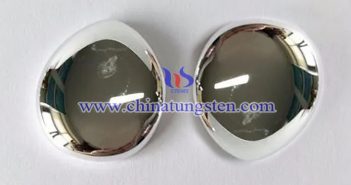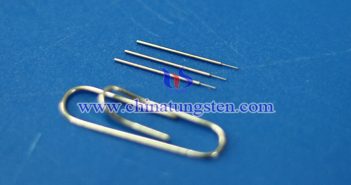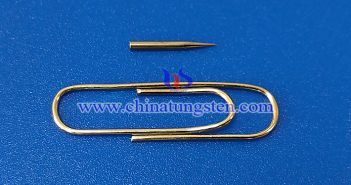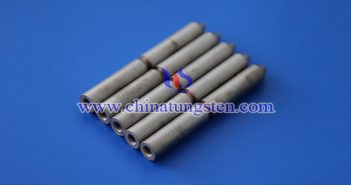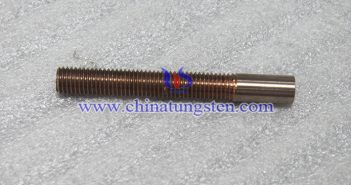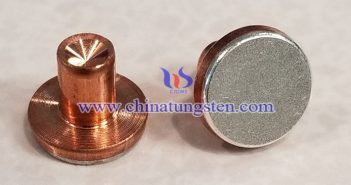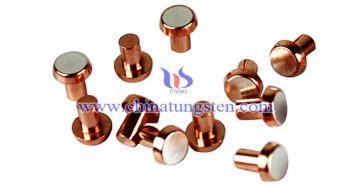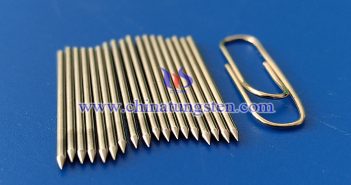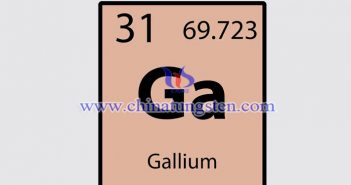
According to the “Export Control Law of the People’s Republic of China”, “Foreign Trade Law of the People’s Republic of China” and “Customs Law of the People’s Republic of China” relevant provisions, in order to safeguard national security and interests, approved by the State Council, decided to implement export control on gallium and germanium related items. Unauthorized gallium-related items that cannot be exported are: gallium metal (monomer), gallium nitride, gallium oxide, gallium phosphide, gallium arsenide, indium gallium arsenic, gallium selenide…

